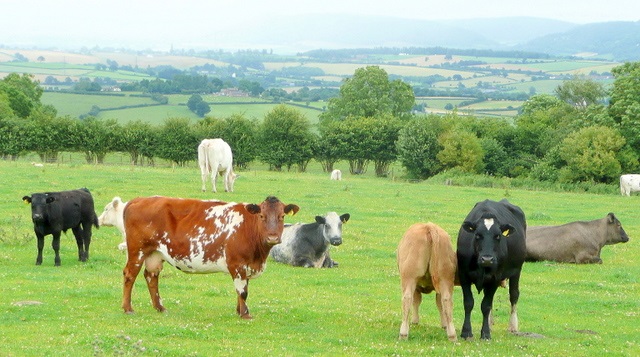
There is warning that a significant proportion of beef and sheep will be severely short of protein with major consequences on performance. Analysis by SAC Consulting of silage samples from beef herds and sheep flocks have been found to have disturbingly low levels of protein which could cause stock to slowly starve even through they might look full.
Senior Beef Specialist Basil Lowman says: “So far press articles on this year’s silage quality have reported good results with both energy and protein levels being higher compared to last year. However these reports, while based on large numbers of samples, have mainly been collected from English dairy herds. In comparison our figures, for solely beef and sheep units show a different, worrying story. Energy levels in the silage are average to good but protein levels are disturbingly low. We are strongly advising farmers and crofters to get their silage analysed so they can supplement the feed if necessary.”
Over a quarter of the silages analysed by SAC Consulting this year have insufficient protein for even a dry beef cow and nearly half have a protein content below 10%. In a normal year silage will have a protein content of 13-14%. The situation in England and Wales appears to be similar; Rumenco, who supply feed supplements, minerals and nutritional products for livestock, have found the silage they tested had an average protein level of just 11%.
Despite not receiving enough protein from the silage they are fed, animals often look healthy and full which means their true condition is sometimes not discovered until late on. With very low protein silages the animal’s rumen becomes completely blocked with partially digested food and the animal effectively starves to death, generally known as rumen compaction. However, there is a simple indicator which will show farmers the animal is protein deficient; the consistency of their dung. On a protein deficient diet the animals’ dung will be firm, dry and look like solid, mini hay bales.
Basil explains: “The problem really is with the bugs you find in the animals’ rumen. It is these microscopic creatures which help breakdown the food, and they need sufficient protein to do so. Without it they will be less effective in breaking down the silage so it stays in the rumen for longer, this results in more partially digested feed blocking the rumen and stops them from taking in any more feed.”
In its early stages protein deficiency is very difficult to detect other than animals performing well below expectation. The only way to determine low protein intakes is to take blood samples. Hence the importance of getting silage analysed before it is used to feed livestock. If protein levels are low, farmers and crofters should seek professional advice over the best protein supplements and the levels required for different classes of stock.
Although protein supplements are much more expensive than straight cereals it is important to remember any reduction in silage intake will all be reflected in reduced performance so that meeting the animals’ protein requirements will be extremely cost effective.
